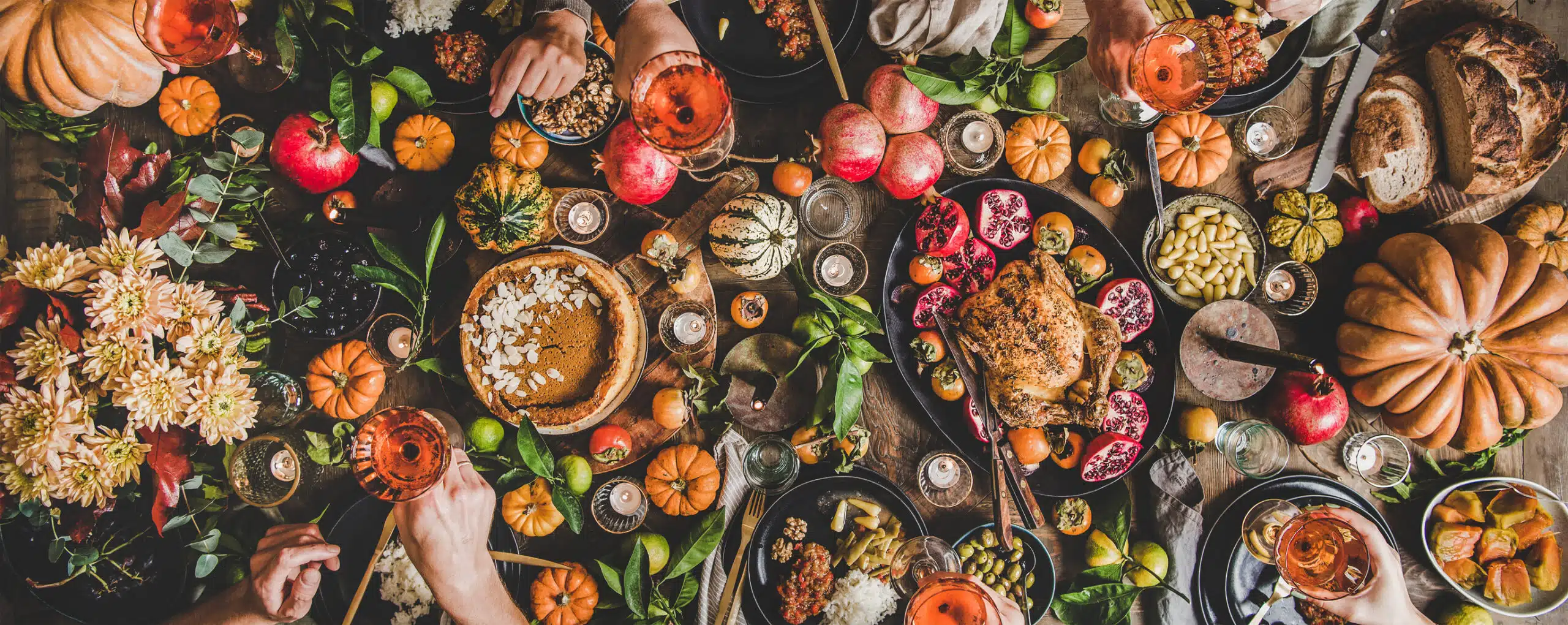In the ever-evolving world of mixology, where creativity knows no bounds, one timeless ingredient continues to stand out for its complexity, versatility, and depth of flavor: tea. While often associated with quiet contemplation and meditative moments, tea is emerging as a star in the world of non-alcoholic beverages and the mindful lifestyle that accompanies them.
In describing “how to make punch of any sort in perfection,” the father of American Mixology, Jerry Thomas, suggests in his recipe book, How to Mix Drinks (1862), that “using tea instead of water is the grand secret”. He knew what mixology aficionados of today are discovering: When perfection is the aim, tea is the answer.
The modern age of cocktail culture embodies a vast selection of meticulously crafted drinks with layers of flavor, aroma, and intrigue—and devoid of alcohol. The appeal of this lifestyle stems from the concept of “mindful drinking’”. People are not merely shunning alcohol; they are embracing a conscious awareness of their consumption choices. This shift has given rise to a demand for beverages that deliver complexity without the presence of alcohol. Sounds like the perfect role for the rising star, tea.
Mastering the art of tea-infused mixology requires an intimate knowledge of each tea’s unique personality. Japanese green teas, with their grassy notes, thrive when combined with crisp citrus elements. Indian black teas, with their bold and malty character, are enhanced when paired with fruity sweetness, or earthy herbaceous notes. Beyond the intricacies of taste, the way each tea is prepared for use is just as important.
In Part One of this series we will explore the fundamental characteristics of each tea. In the upcoming Part Two we will discuss how to layer teas to create interesting and balanced zero-proof cocktails. See the AFTER website for additional downloads and information!
Let’s start with the basics:
Tea. Chá. Chāy. Té. Shay. The. Chay. Thé. Chá. Tee. Cha.
Ah, the humble tea plant. One single plant—Camellia sinensis—that brings us a wide variety of flavors, textures, energies, and delights.
Although we as a society refer to most botanical matter steeped in water as “tea,” that is technically incorrect. For a beverage to be considered a true tea, the plant matter must be derived from the Camellia sinensis plant. From this one extraordinary plant, all true tea is produced; green tea, white tea, yellow tea, oolong tea, black tea, and dark tea. Within that one plant species, a mind-blowing variety of teas are created by using different varieties, cultivars, and distinctive processing methods that vary by country and type of tea. All the other delicious botanical beverages that we call tea, such as chamomile, mint, hibiscus, yerba mate, rooibos, lavender, and chrysanthemum that are not Camellia sinensis are technically called tisanes, herbals, or botanicals.
A BRIEF HISTORY OF TEA CONSUMPTION
The tea plant’s origins trace back to the regions encompassing China, Laos, Myanmar, and Vietnam, where it initially served as both a medicinal herb and a dietary staple before evolving into a societal beverage within China. Tea possesses a fluid nature, not only in its growth and processing but also in the evolution of its cultural significance throughout ancient times. The earliest physical evidence of tea leaves being utilized as a beverage dates back 2100 years to the Western Han Dynasty (207 BCE-9 CE). In 2016, tea leaves were discovered (along with many other treasures) in the mausoleum of Emperor Jing of Han in Xi’an, China dating to this time period.
EXPLORING TEA FAMILIES
The world of tea is a diverse and delightful one, with numerous varieties that cater to an array of preferences. Some of the most well-known types of tea include:
STEEPING TEA FOR MOCKTAILS
There are two main methods for steeping tea for use in mixology. These differ from the traditional hot tea preparation we are used to in the Western world. See the chart at right to learn which method should be used with which kind of tea.
Cold steep method
This method is used for more delicate teas like green and white tea. Add 1 gram of tea for every 2 ounces of water. Allow to steep in refrigerator overnight.
Hot-to-cold method
Pour hot water (not boiling!) over tea at a ratio of 8 ounces of water for every 3 to 4 grams of tea. Allow to steep for one to five minutes (not more). Remove tea from water and allow to cool before adding to your recipe. ***





